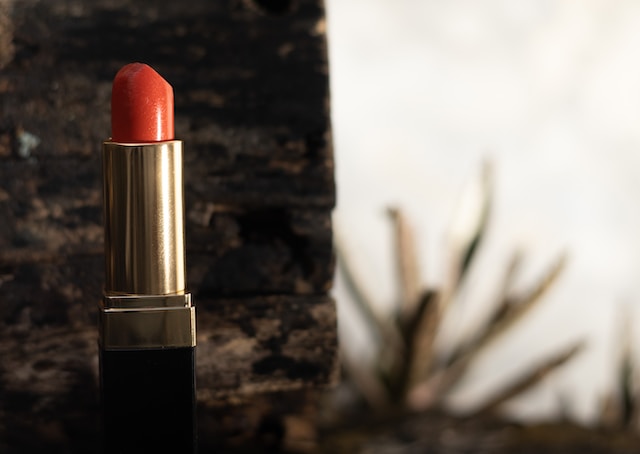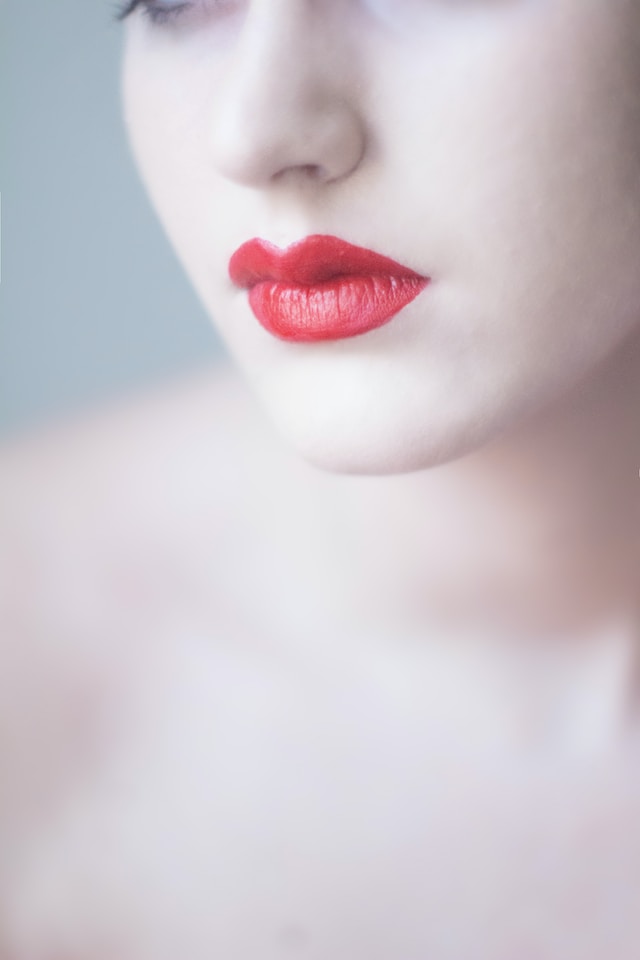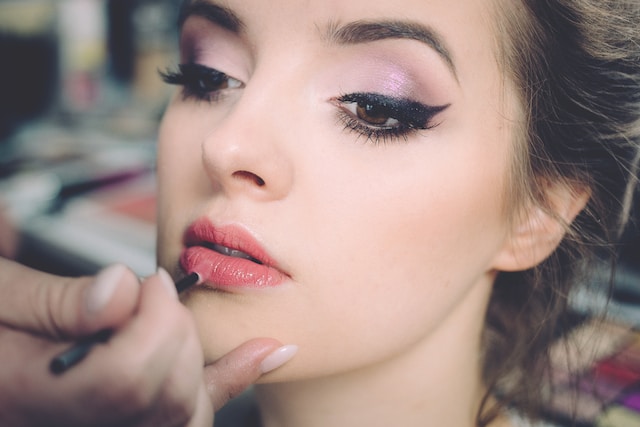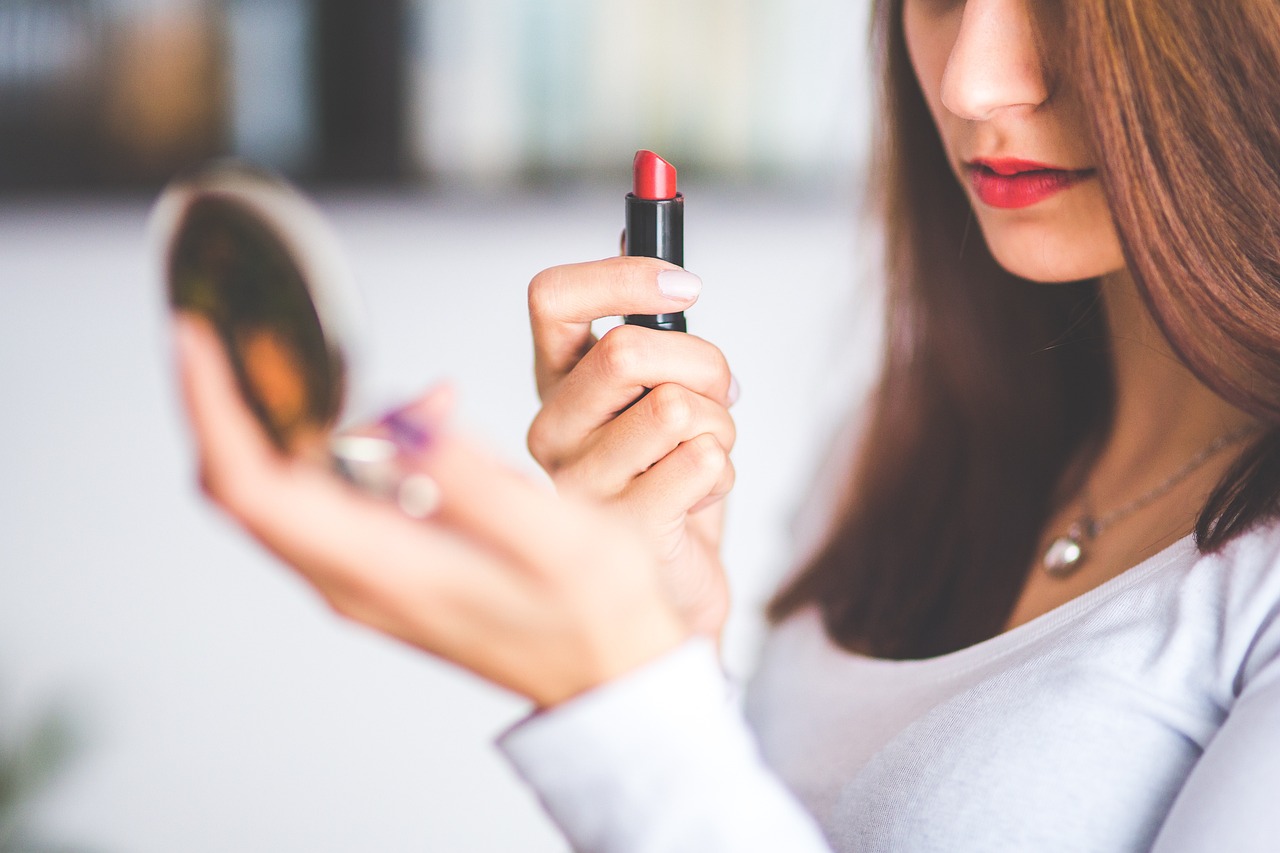Lipstick has been around for thousands of years in one form or another. Its use dates back to ancient Egypt, where women would mix minerals and berries with beeswax or animal fat to create their own shades of red lipstick. In Ancient Rome, women used lead-based cosmetics that contained toxic levels of lead and mercury–which is why many Roman women died young from these poisonous substances! Lipstick continued its evolution over the course of history up until our modern day world where it’s now becoming more commonplace among men than ever before…
Contents
- 1 The history of lipstick, as we know it today, began all the way back in Ancient Egypt.
- 2 Lipstick was used by the ancient Egyptians to protect their lips from the sun.
- 3 They made their own red lip shades using minerals and berries.
- 4 Cleopatra is often associated with the use of lipstick…but it was actually her contemporary, Queen Nefertiti, who reined over Egypt during its “golden age” around 1400 BC.
- 5 In Ancient Rome, women used lead-based cosmetics that contained toxic levels of lead and mercury, which poisoned them and led to brain damage or death.
- 6 During the Middle Ages, people believed that wearing lipstick made them more beautiful, but it also caused them to contract diseases like syphilis or smallpox due to unsanitary practices at the time.
- 7 During Elizabethan times (1558-1603) lipstick was thought to be a way for a woman to seduce men and gain power over them–so it’s no wonder that women were urged not to wear it!
- 8 Lipstick has been around for thousands of years in one form or another;
- 9 Conclusion
The history of lipstick, as we know it today, began all the way back in Ancient Egypt.
Lipstick was first used by women to make their lips more attractive and to accentuate their beauty. It was made from minerals and berries that were crushed together to create a pigment; this was then applied directly to the lips or mixed with beeswax for an even stronger color effect.
The earliest forms of lip coloring were actually found on mummies from this period–but archaeologists believe they weren’t used for cosmetic purposes at all! Instead, these ancient Egyptians may have been using lead-based paints as eye shadow or blush because lead breaks down into mercury over time (and was known for its bright red hue).
Lipstick was used by the ancient Egyptians to protect their lips from the sun.
They made a mixture of beeswax and resin, which they applied to their lips before going out in the sun. This mixture kept their skin moisturized while they were outside, and it also helped keep moisture locked in so that it wouldn’t evaporate so quickly.
The women of ancient Egypt also made use of henna to dye their lips red. Henna is an herb that grows throughout North Africa and parts of Asia; when dried out and crushed into a powder, it can be mixed with water to create an orange-red stain for lips or hair (hence its name). Some women would crush berries into a paste instead–this would give them a softer pink color than using just plain water would provide!
They made their own red lip shades using minerals and berries.
In ancient times, women made their own red lip shades using minerals and berries. The minerals were crushed into a powder and mixed with oil. The berries were crushed and then mixed with oil.
Cleopatra is often associated with the use of lipstick…but it was actually her contemporary, Queen Nefertiti, who reined over Egypt during its “golden age” around 1400 BC.
Nefertiti was famous for her beauty and style–and she had a good reason to look good: she was married to Akhenaten (aka Amenhotep IV), one of the most powerful pharaohs in history. They ruled together until his death in 1336 BCE; after that point, Nefertiti disappears from record–but we can assume she continued wearing makeup until then!
In fact, historians have found evidence that both women used rouge made from red ochre mixed with beeswax or olive oil along with kohl eyeliner made from black antimony powder mixed with water or milk.* So while we don’t know exactly what kind of lip color these early beauties wore on their lips (or whether they even did so at all), we do know that cosmetic use goes back over 5,000 years!
In Ancient Rome, women used lead-based cosmetics that contained toxic levels of lead and mercury, which poisoned them and led to brain damage or death.
Lead and mercury are both highly toxic heavy metals that can cause brain damage or death if ingested in large enough amounts over time. They were also commonly found in makeup during this period of history.
During the Middle Ages, people believed that wearing lipstick made them more beautiful, but it also caused them to contract diseases like syphilis or smallpox due to unsanitary practices at the time.
Lipstick has been around for thousands of years, but it wasn’t always used as a beauty product. During the Middle Ages, people believed that wearing lipstick made them more beautiful–but it also caused them to contract diseases like syphilis or smallpox due to unsanitary practices at the time. Lipstick was used as an attempt to hide these illnesses because they were considered shameful at that time in history. In addition to this cosmetic use, some women would use lipstick as a way to seduce men and gain power over them through sex appeal.
During Elizabethan times (1558-1603) lipstick was thought to be a way for a woman to seduce men and gain power over them–so it’s no wonder that women were urged not to wear it!
In fact, Queen Elizabeth I herself was said to have forbidden her ladies-in-waiting from wearing cosmetics of any kind. She believed that any such use of rouge would be an insult to her own complexion, which she considered flawless.
Lipstick has been around for thousands of years in one form or another;
You’ve heard of lipstick, but have you ever wondered where it came from? Lipstick is one of the oldest beauty products known to man, dating back thousands of years. In fact, archaeologists have found evidence that Egyptians used lip color as early as 3000 BC. The ancient Romans also wore some form of lip paint when they were out in public–they would use red wine and lead oxide mixed together on their lips!
Conclusion
Lipstick has been around for thousands of years in one form or another, but it wasn’t until the 19th century that it really took off as a mainstream product. In Ancient Rome, women used lead-based cosmetics that contained toxic levels of lead and mercury, which poisoned them and led to brain damage or death. During the Middle Ages people believed that wearing lipstick made them more beautiful–but it also caused them to contract diseases like syphilis or smallpox due to unsanitary practices at the time! During Elizabethan times (1558-1603), lipstick was thought to be a way for a woman to seduce men and gain power over them–so it’s no wonder that women were urged not to wear it!




